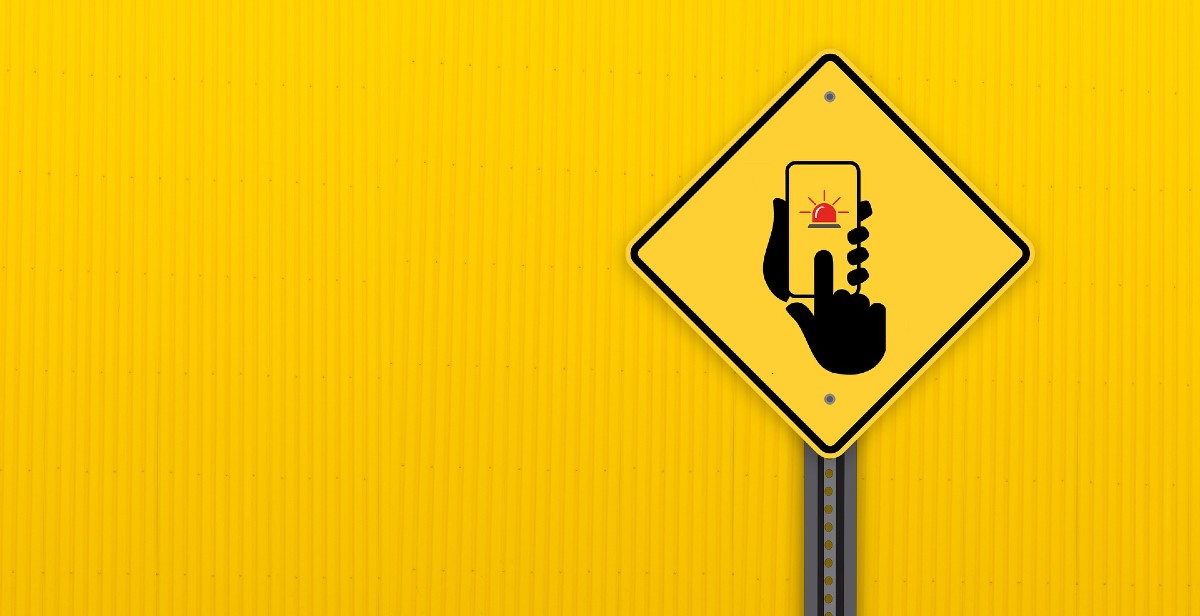 The last few weeks have seen some of the players posing the biggest threat to traditional broadcasting dealt significant blows. Investors cooled on Netflix after the streaming platform fell short of expectations in its Q2 results, Google was handed a hefty $5 billion fine by the EU (with further fines potentially on the way due to GDPR), and Facebook fined by the UK’s communications regulator over its Cambridge Analytica scandal.
The last few weeks have seen some of the players posing the biggest threat to traditional broadcasting dealt significant blows. Investors cooled on Netflix after the streaming platform fell short of expectations in its Q2 results, Google was handed a hefty $5 billion fine by the EU (with further fines potentially on the way due to GDPR), and Facebook fined by the UK’s communications regulator over its Cambridge Analytica scandal.
Whilst those working in the traditional broadcast world could be forgiven for indulging in a bit of schadenfreude, most have come to realise that regulators are unlikely to come to the rescue and that their role in the future of TV will be determined in the coming years by their own strategic decisions. Over the course of the last few years we’ve seen a number of strategic trends emerging, including:
M&A
We’ve seen plenty of major mergers and acquisitions and it’s likely we’ll see even more over the next couple of years, aimed at either consolidating control over broadband and pay TV networks, acquiring content or owning proprietary ad tech. US telecoms company AT&T completed its acquisition of Time Warner last month, which it quickly followed up by buying programmatic ad tech specialist AppNexus. Meanwhile Disney seems to have won out in its bidding war with Comcast to but the bulk of 21st Century Fox’s assets, while Comcast its focussing its efforts on buying Sky. Similar moves are happening in Europe, with Swedish telecoms company Telia completing its buyout of Bonnier Broadcasting last week. The likes of RTL and ProSiebenSat.1 have also both been bolstering their ad tech capabilities through acquisitions.
Data-Driven Advertising & Cooperatives
The shift towards data-driven TV advertising and the programmatic capabilities that have come with it have opened up new opportunities to work together. Examples abound. In Europe, the European Broadcaster Exchange seeks to pool broadcaster inventory across borders to offer advertisers massive reach through one entry point, while many smaller cooperatives are emerging within individual countries. In the UK for example, Sky and Liberty Global have teamed up to scale Sky’s addressable TV advertising offering AdSmart. The US is also seeing cooperatives spring up regularly, with OpenAP enabling cross-publisher audience targeting, Viacom and Comcast partnering on advanced advertising, and NCC Media creating a unified advertising offering across Charter Communications, Comcast and Cox Communications’ footprints. Partnerships on content are also emerging, the most notable example was in Spain where RTVE, Atresmedia and Mediaset are working together on a video on-demand platform designed to take on Netflix.
Lobbying
Whilst it’s unlikely to be a silver bullet, some are trying to lobby governments to try to create a more level playing field between the TV and digital worlds. Sky has been fairly active in this area, with CEO Jeremy Darroch frequently calling for greater regulation on digital content providers. UK public sector broadcasters have also been calling on the government to do more to help them remain competitive, with the BBC’s director general Tony Hall and Channel 4’s CEO Alex Mahon recently appearing before parliament making a case for more support.
Too Little Too Late?
Considering the frequency with which new TV alliances, products, and developments are announced, it would be easy to assume that great strides are being made by the TV industry to ensure traditional players remain competitive. But are these moves enough, or do they flatter to deceive?
The UK’s communications regulator, Ofcom, sees in the steps taken by traditional players. Despite releasing a report last week showing that digital streaming subscriptions have overtaken pay-TV subscriptions for the first time, the regulator was quick to point to the strength of traditional broadcasters’ digital services.
Ofcom chief executive Sharon White said the challenges facing broadcasters “cannot be underestimated”, but remains positive. “UK broadcasters have a history of adapting to change,” she said. “By making the best British programmes and working together to reach people who are turning away from TV, our broadcasters can compete in the digital age.”
Buyers are Positive
On the buy side, there seems to be an element of cautious optimism too, that legacy broadcasters can remain competitive so long as they’re intelligent with the actions they take over the next few years.
Omnicom’s president of digital display Danny Hopwood recently told VAN that while he thinks the growth of ad-free services like Netflix is posing a major threat to TV, there are positive signs. Hopwood said that some of the mergers and acquisitions we’ve seen seem overly reliant on buying in new content, but said that companies like Disney have the capability to morph into a Netflix-like service which will be competitive long term.
Martin O’Boyle, MD of partnerships PMX at Publicis Media similarly said that there certainly is a large threat to broadcasters, but TV players have been moving in the right direction. “We want to be able to get the consumer in the same piece of content across all devices and platforms as efficiently as easily as possible,” he said. “That’s what we’re trying to get to, while at the moment we’re having to stitch these pieces together.”
He acknowledged that broadcasters have been moving in the right direction, investing in product development and participating in alliances.. O’Boyle pointed to the recent attempt by a consortium of broadcasters including ITV and Channel 4 to buy Videology as a “statement of intent from broadcasters”, saying that he hopes the momentum continues.
O’Boyle also suggested that broadcasters might find support from the agency world as they develop new products and capabilities, since agencies want to see continued development of quality content, and broadcasters have historically proven to be the best at doing so. “As agencies we will work to support those propositions, and make sure they’re fit for purpose to go to market”.
Beyond the PR Fluff
Analysts however are often a little more cynical. For example, last month when ProSieben and Discovery launched a new joint streaming venture recently, analysts dampened any prospective excitement with a reality check and a reminder that streaming services shouldn’t exist for their own sake. For example, when ProSiebenSat.1 and Discovery launched a new streaming service, analysts at Liberum, who maintained a ‘hold’ rating on the stock, said “While we believe this is a move in the right direction for ProSieben, we do not believe it will be a game-changer in the near-term.”
Liberum’s point is that streaming services shouldn’t be created for their own sake. The recent demise of Vivendi’s Studio+ — which was often touted by Vivendi’s Dominique Delport, who has since left to become CRO at Vice — is a case in point. Studio+ was aimed at younger audiences and featured short-form series of 10-minute episodes aimed at a more mobile-centric audience, with a monthly subscription of €4.99, which was subsequently reduced to €2.99. The service was integrated into the offerings of some of the major telco companies, including Orange and Bouygues Telecom in France, and Telefónica in Spain. However, it was reported (credit to Stuart Thompson at DTVE for spotting the report) that Studio+ has gained just two and a half thousand subscribers in France, based on revenues of €77,000 and a €2.99 monthly fee. The international market didn’t fare much better and revenues amounted to only €171,000. Overall, based on the investment made by Vivendi in the project and ongoing costs, Studio+ is estimated to have delivered losses to date of €48 million.
Will Milner, an analyst at Arete Research, also told VAN that investors are often sceptical of “plausible sounding press releases” which tout new TV offerings which haven’t yet proven their worth. He also said that Wall Street has had concerns over the slew of recent acquisitions, saying that the likes of AT&T’s Time Warner acquisition could just be a use of cheap money for artificial growth to cover dividends. He did, however, agree with Hopwood that Disney’s Fox takeover makes strategic sense.
Pivotal’s Brian Wieser also said he isn’t yet convinced about the extent to which addressable TV advertising will be able to bring in new revenue. “I believe that addressable TV advertising mostly helps to optimize budgets and may create some incremental inventory that incremental demand from direct response advertisers might fill, but the large brands who dominate TV won’t increase their spending because of increased availability of addressable advertising,” he said.
None of those VAN spoke to believed that TV advertising is going to disappear any time soon, and most seemed to agree that traditional broadcasters are heading in the right direction. However, it’s the pace of change that concerns many — can they keep innovating and pushing forward into workable alliances quickly enough. While those in the TV world might feel satisfied with their progress, analysts and the buy side will want to see audience growth and a more streamlined sales process if they are to be convinced that traditional players are on a sustainable footing.




